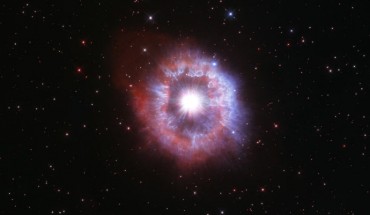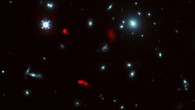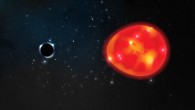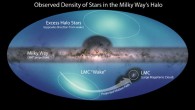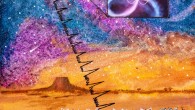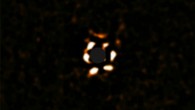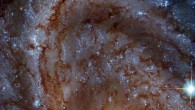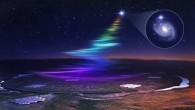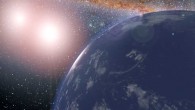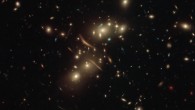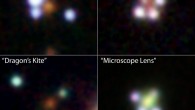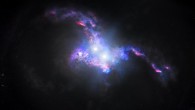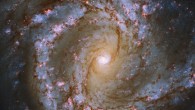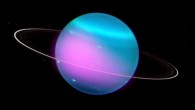The NASA/ESA Hubble Space Telescope turned 31 this year, and for the occasion, the Hubble team has just released a beautiful image of the luminous blue variable star AG Carinae. This Hubble image shows AG Carinae, a luminous blue variable star some 20,000 light-years away in the constellation of Carinae. The color image was made from separate exposures taken in the visible and ultraviolet regions of the spectrum with Hubble’s Wide Field Camera 3...

